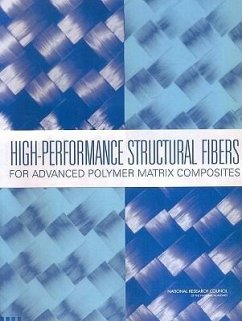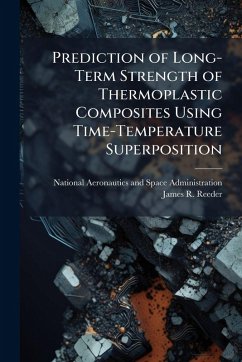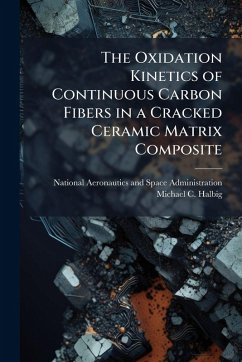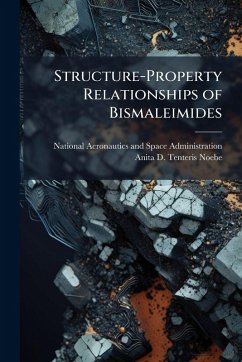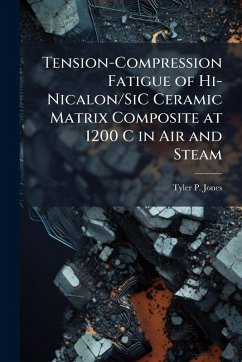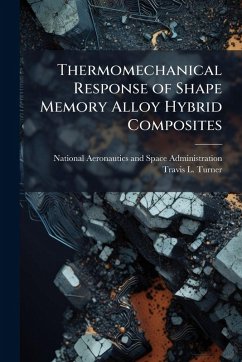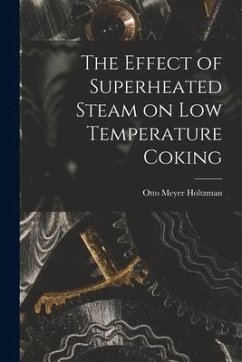
High Temperature Degradation Mechanisms in Polymer Matrix Composites

PAYBACK Punkte
12 °P sammeln!
Polymer matrix composites are increasingly used in demanding structural applications in which they may be exposed to harsh environments. The durability of such materials is a major concern, potentially limiting both the integrity of the structures and their useful lifetimes. The goal of the current investigation is to develop a mechanism-based model of the chemical degradation which occurs, such that given the external chemical environment and temperatures throughout the laminate, laminate geometry, and ply and/or constituent material properties, we can calculate the concentration of diffusing...
Polymer matrix composites are increasingly used in demanding structural applications in which they may be exposed to harsh environments. The durability of such materials is a major concern, potentially limiting both the integrity of the structures and their useful lifetimes. The goal of the current investigation is to develop a mechanism-based model of the chemical degradation which occurs, such that given the external chemical environment and temperatures throughout the laminate, laminate geometry, and ply and/or constituent material properties, we can calculate the concentration of diffusing substances and extent of chemical degradation as functions of time and position throughout the laminate. This objective is met through the development and use of analytical models, coupled to an analysis-driven experimental program which offers both quantitative and qualitative information on the degradation mechanism. Preliminary analyses using a coupled diffusion/reaction model are used to gain insight into the physics of the degradation mechanisms and to identify crucial material parameters. An experimental program is defined based on the results of the preliminary analysis which allows the determination of the necessary material coefficients. Thermogravimetric analyses are carried out in nitrogen, air, and oxygen to provide quantitative information on thermal and oxidative reactions. Powdered samples are used to eliminate diffusion effects. Tests in both inert and oxidative environments allow the separation of thermal and oxidative contributions to specimen mass loss. The concentration dependency of the oxidative reactions is determined from the tests in pure oxygen. Short term isothermal tests at different temperatures are carried out on neat resin and unidirectional macroscopic specimens to identify diffusion effects. Mass loss, specimen shrinkage, the formation of degraded surface layers and surface cracking are recorded as functions of exposure time. This work has been selected by scholars as being culturally important, and is part of the knowledge base of civilization as we know it. This work was reproduced from the original artifact, and remains as true to the original work as possible. Therefore, you will see the original copyright references, library stamps (as most of these works have been housed in our most important libraries around the world), and other notations in the work. This work is in the public domain in the United States of America, and possibly other nations. Within the United States, you may freely copy and distribute this work, as no entity (individual or corporate) has a copyright on the body of the work. As a reproduction of a historical artifact, this work may contain missing or blurred pages, poor pictures, errant marks, etc. Scholars believe, and we concur, that this work is important enough to be preserved, reproduced, and made generally available to the public. We appreciate your support of the preservation process, and thank you for being an important part of keeping this knowledge alive and relevant.



